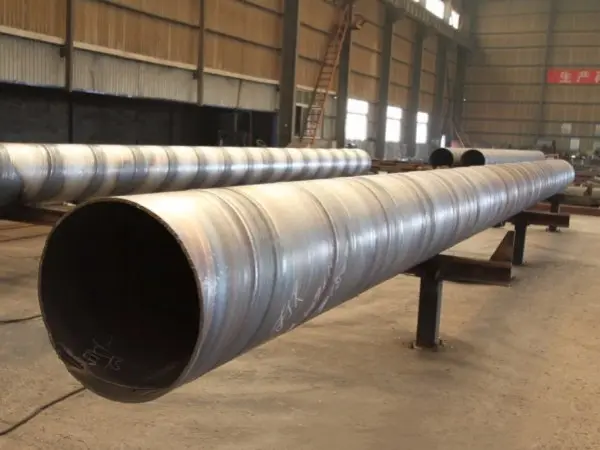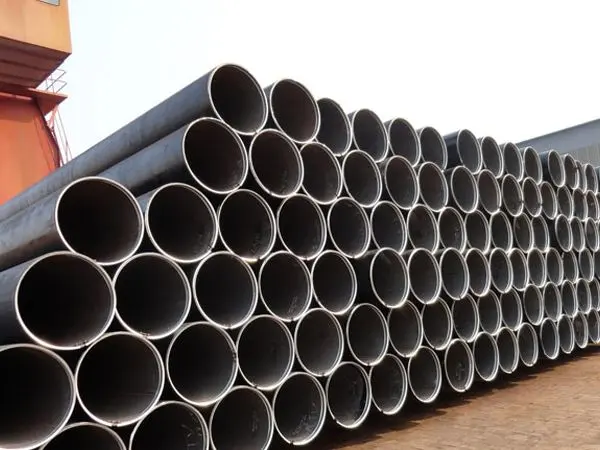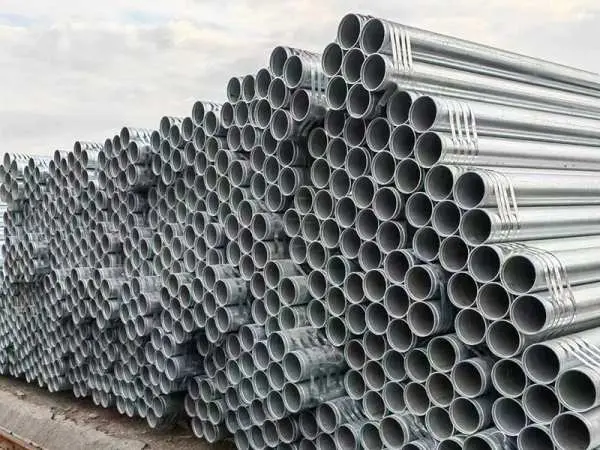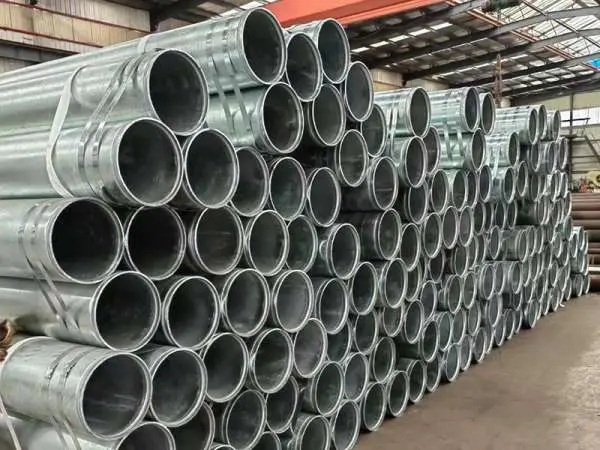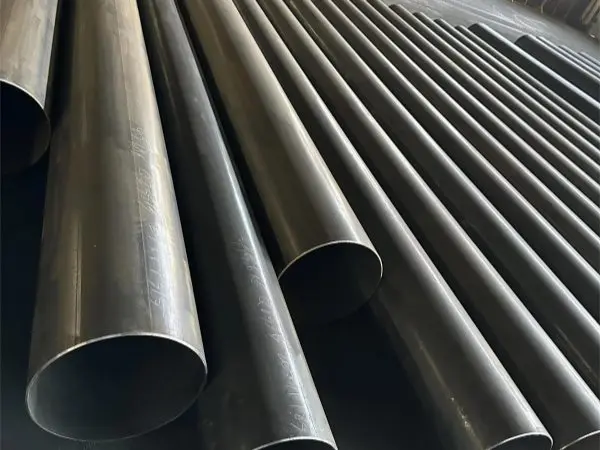- Phone0086 731 8564 8255
- E-mailsales@cscsteel-manufacturing.com
-

Spiral steel pipes are manufactured by spirally bending strip steel through a coiling machine, followed by double-sided submerged arc welding using capacitor discharge technology. During the production process, defects such as weld leakage and misalignment of galvanized channel steel often occur. Among these, the most challenging defect to control is the formation of sand holes (also known as "sand eyes") at the butt weld joints of the spiral pipes.
Continental Steel Co., Ltd is professional spiral submerged arc welded steel pipe manufacturer, for more details, please contact:sales@cscsteel-manufacturing.com
Manufacturers of spiral submerged arc welded steel pipes have identified the following key causes of sand hole formation:
Insufficient welding current or too short capacitor discharge time leads to incomplete fusion. The weld surface may harden before the capacitor energy is fully discharged, resulting in trapped gas or unmelted particles, forming sand holes or bubbles.
Poor strip steel alignment during entry into the helical forming section causes a loose butt joint, leaving excessive gaps between strip edges that are difficult to weld properly.
Inadequate surface preparation, such as failure to clean rust or oxide scale from the strip edges before welding, prevents effective fusion at the weld seam.
Lack of timely maintenance and cleaning of equipment allows dust, debris, or oil from the workbench or tools to enter the welding area, contaminating the weld.
Unfavorable workshop conditions, such as low ambient temperature or high humidity, negatively impact the welding process by reducing the temperature or increasing moisture at the weld point.
